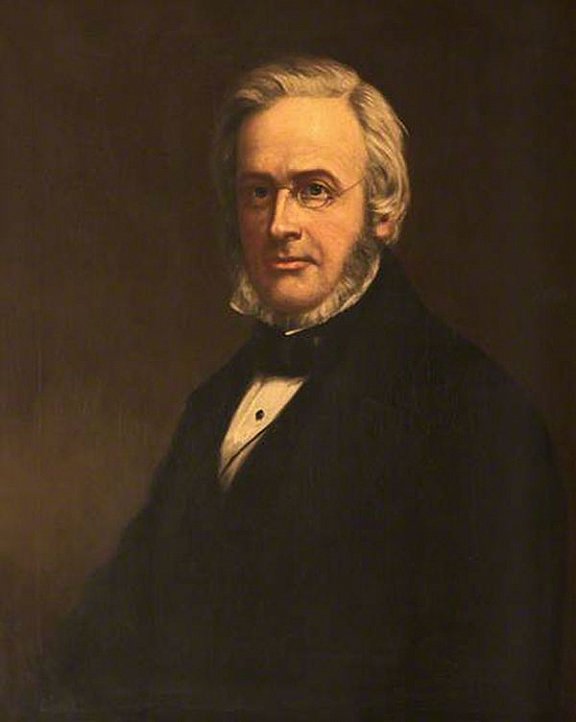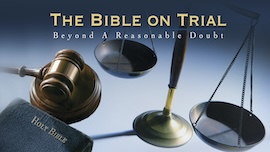Tregelles Valued the Bible and Evaluated Its Oldest Texts

Tregelles in 1860.
FOLLOWING the Renaissance, study of Bible manuscripts showed scholars that there were differences between texts. While some attacked the Bible on this ground, others sought to determine which of the texts was most reliable. One of the first men to undertake textual criticism in the modern sense of the word was Johann Albrecht Bengel. He believed the Bible was God’s word, but wanted to be sure he knew what that Word said, given the variations between manuscript traditions.
Many more followed in his footsteps. In the nineteenth century, two of the most highly respected students of Bible texts were a German named Constantin Tischendorf, who would discover a very old manuscript that he named the Codex Sinaiticus, and Samuel P. Tregelles, an Englishman.
Because Tregelles was born to Quaker parents, laws kept him from attending England’s most prestigious universities, Oxford and Cambridge—which were only open to Anglicans. This did not stop him from mastering Bible languages, largely on his own. By the time he was twenty-five, he had made up his mind that he would attempt to reconstruct the wording of the original New Testament books. His attitude toward biblical criticism is shown in a preface he wrote: “If Holy Scripture is valued as being the revelation of God concerning his way of salvation through faith in the atonement of Christ, then whatever is needed for wisely maintaining its authority, even though at first sight it may seem to bear on the subject indirectly, will be felt to be of real importance.”
To accomplish this great work, he traveled throughout Europe, comparing all the manuscripts he could find. He even persuaded the Vatican to allow him to examine the jealously guarded Codex Vaticanus, one of the earliest manuscripts in the west. However, the Vatican placed two priests as guards to ensure that he did not make any notes. Tregelles’s memory was so excellent that he was able to go home each night and accurately write down what he had learned.
Piece by piece he issued a Greek New Testament by comparing the various readings of ancient manuscripts. This was considered the finest critical text available until Tischendorf issued his own, which included the fruits of his study of the Codex Sinaiticus.
For many years, Tregelles was associated with the Plymouth Brethren. However, he believed that John Nelson Darby, one of the Brethren’s founders, had a theology of the second coming of Christ which was in error. Tregelles issued a refutation of it. Later he associated with a Presbyterian church, but he ended up in the Church of England, saying that his Bible studies had convinced him it was his most biblical choice.
Tregelles also wrote several hymns that found their way into hymnbooks of the nineteenth century. Despite two strokes late in his life, he continued writing about the Bible, even after he became bedridden. He died on this day April 24, 1875. Although some of his findings have been superseded, his work was so precise that it is still consulted and held in high respect.
—Dan Graves
----- ----- -----
The Bible on Trial examines the contributions of biblical analysis, archaeology, and history. Watch at RedeemTV.
Bible on Trial: Beyond a Reasonable Doubt can be purchased at Vision Video







